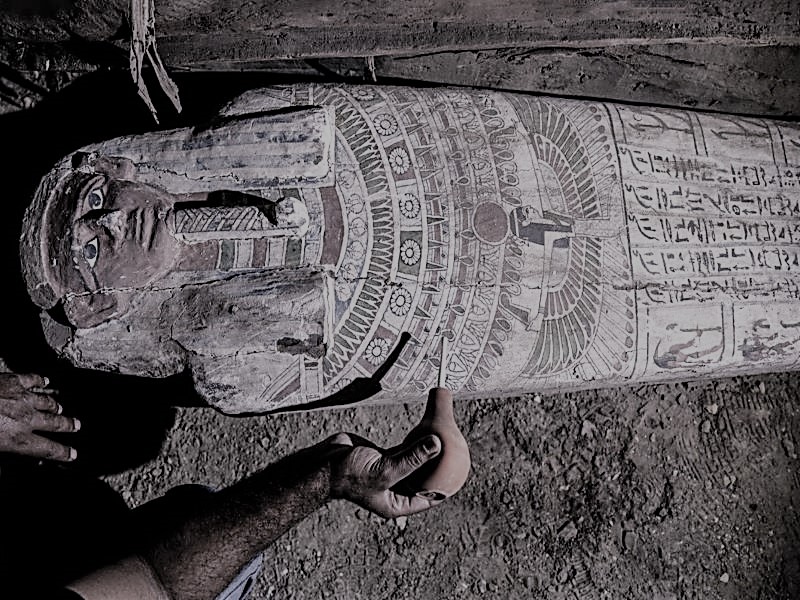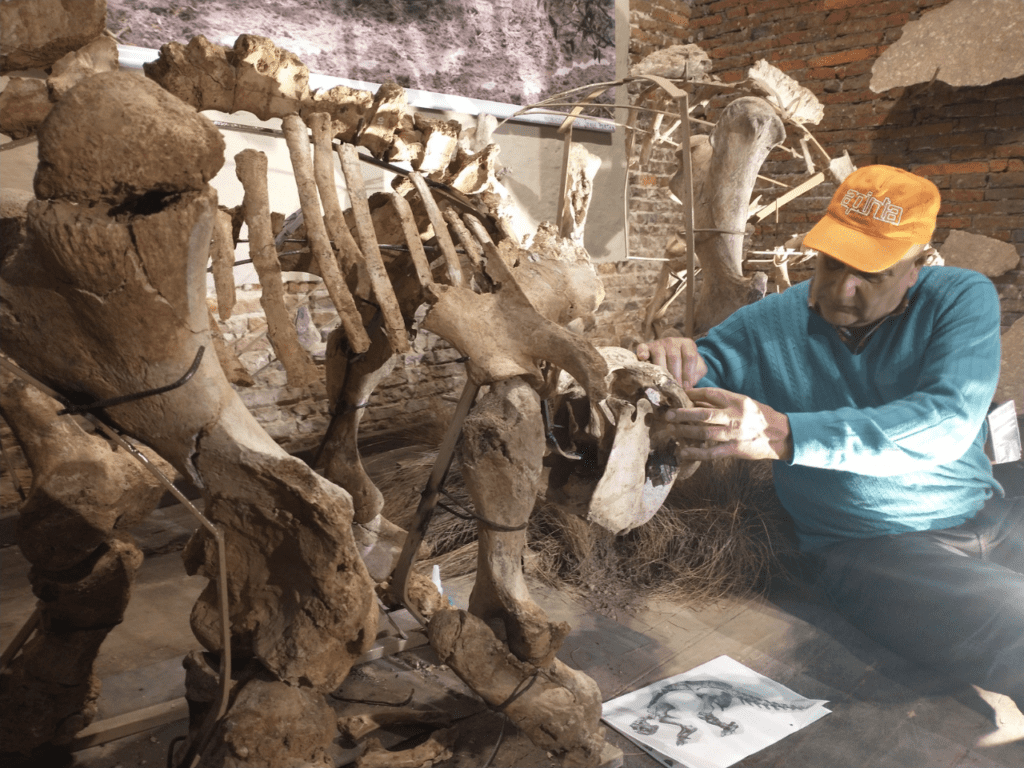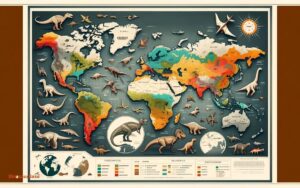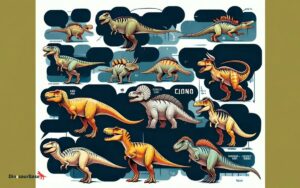Are Dinosaurs Gay? Unearthing Prehistoric Secrets
Dinosaur sexual orientations are not something science currently defines. The concept of “gay dinosaurs” does not align with paleontological evidence and understanding.
Discovering the secrets of the past, dinosaurs continue to fascinate us with every unearthed fossil. These magnificent creatures, which once roamed the Earth over 65 million years ago, left behind a legacy of bones and imprints, allowing us to piece together their existence.
As we delve into the world of these ancient reptiles, questions about their behaviors, including their mating habits, often spark curiosity. Yet, the truth lies buried in time; the social constructs of human sexuality cannot be retroactively applied to creatures of a bygone era. Paleontologists dedicate their careers to studying the physical remains of dinosaurs, providing insights into their diets, habitats, and physiology, rather than their sexual behaviors, which remain a mystery to modern science.

Credit: www.sciencenews.org
Prehistoric Behaviors: What Fossils Tell Us
Delving into the stone-cold life stories of dinosaurs poses a thrilling challenge. We wonder about their lives beyond mere bones and footprints. Did dinosaurs exhibit behaviors like modern animals? Can we ever tell if they roamed in herds, cared for their young, or even displayed signs of being gay? Fossils hold clues to these prehistoric mysteries.
Interpreting Social Dynamics
Social dynamics among dinosaurs are an ongoing puzzle. Paleontologists rely on trace fossils – footprints, nesting sites, and others – to build hypotheses.
- Fossilized footprints may suggest group behavior.
- Nesting sites reveal communal nesting.
- Placement of fossils can indicate social hierarchy.
These subtle hints get us one step closer to understanding dinosaur interactions, including mate selection and possible displays of affection that are akin to those observed in birds and reptiles today.
Limitations In Fossil Record
Fossils form through rare and meticulous processes, often leaving gaps in the record.
| Challenge | Impact |
|---|---|
| Incomplete Preservation | Limits understanding of behavior |
| Rarity of Fossils | Behavioral patterns are hard to confirm |
| Biological Decay | Erasures of soft tissue and possible features |
Furthermore, no direct evidence such as coloring, vocalization, or “soft” behavior persists. This fact means that a full picture of the social lives of dinosaurs, including their sexual orientation, remains hidden beneath the earth’s layers.

Credit: brewminate.com
Sexuality In The Animal Kingdom
The question of sexuality among dinosaurs fascinates scientists and the public alike. Can we compare ancient reptilian behaviors to those we observe in modern creatures? In exploring sexuality in the animal kingdom, we look for clues that inform our understanding of the past.
Contemporary Species Clues
Today’s animals provide essential insights into complex behaviors. Sexuality is not just about reproduction. It serves multiple social functions. Cases of same-sex pairings and displays occur in various species. These include birds, mammals, and even insects.
- Birds: Some species exhibit homosexual behavior as part of social bonding.
- Mammals: Dolphins and bonobos are known for their diverse sexual activities.
- Insects: Certain beetles show homosexual tendencies that could be mistaken identity cases or social interactions.
Understanding Through Modern Analogues
Looking at modern reptiles and birds, we see potential dinosaur analogues. Their behaviors could mirror those of their long-extinct relatives. This comparison assumes behavioral consistency in evolutionary lines.
| Modern Animal | Possible Dinosaur Analogue | Observed Behavior |
|---|---|---|
| Alligators | Large Reptiles | Complex Mating Dances |
| Ostriches | Theropods | Group Nesting Habits |
| Albatrosses | Prehistoric Birds | Same-Sex Pairings |
Investigating Dinosaur Intimacy
Delving into the lives of dinosaurs sparks curiosity about their behaviors, especially regarding their intimate lives. Despite their extinction millions of years ago, scientists and researchers have pieced together clues about how these magnificent creatures may have interacted with one another on a personal level. Exploring dinosaur intimacy sheds light on their mating rituals and parenting habits, unlocking the mysteries of these ancient beasts.
Mating Rituals And Fossil Evidence
Dinosaur mating rituals remain largely a mystery, yet fossil evidence provides hints. Footprint patterns suggest intricate dances or displays of power. Bone structures also give clues on possible mating behaviors.
- Skeletal indicators of sexual dimorphism
- Display features like crests or frills
- Scratch marks and trackways
Rare Glimpses: Nesting And Rearing
Occasionally, fossilized nests offer a rare glimpse into the parenting habits of dinosaurs. Nesting sites reveal patterns and caring behaviors in dinosaur communities.
| Evidence Type | Implications |
|---|---|
| Fossilized Eggs | Arrangement and incubation strategies |
| Embryo Remains | Growth and development insights |
| Nest Location | Environmental adaptability and herd behaviors |
Debates Among Paleontologists
Debates Among Paleontologists often stir curiosity and intrigue in the scientific community. One such debate that captures both is whether dinosaurs had varying sexual orientations, much like some animals today. This aspect of paleontology is shrouded in mystery. Evidence is scarce, but that doesn’t stop experts from exploring all possibilities through the fossil record.
Controversial Theories
Dinosaur fossils provide a snapshot of ancient life but often leave critical details to interpretation. Some paleontologists have hypothesized that, like many species today, dinosaurs may have displayed a range of sexual behaviors. However, this theory sparks hot debate due to the lack of direct fossil evidence to conclusively support such a claim.
- Behaviors are rarely fossilized.
- Some suggest bones might show different traits.
- No direct evidence confirms how dinosaurs identified or behaved sexually.
Skepticism
Many experts remain skeptical of the notion that dinosaur’s sexual orientation can be deciphered from fossils. They point out that behaviors, especially complex social interactions, are almost impossible to ascertain from the fossilized bones or tracks left behind. The truth may remain buried with time.
Gender And Sex Differentiation In Fossils
Distinguishing male from female dinosaurs is challenging for paleontologists. Sexual dimorphism—physical differences between genders—is not clearly understood in dinosaurs. Some species might exhibit subtle physical differences, but these are not conclusive indicators of gender or behavior.
| Possible Indicators of Dimorphism | Evidence in Fossils |
|---|---|
| Crest size | Not consistent across specimens |
| Pelvic structure | Varies with species, not definitive |
| Bone robustness | Can differ due to age, not just gender |
Implications Of Dinosaur Sexuality Research
Exploring the nuances of dinosaur sexuality can offer a unique glimpse into prehistoric life. It goes beyond curiosity, shedding light on reproductive strategies and social behaviors. This type of research has the potential to broaden our understanding of ancient ecosystems and evolutionary biology. Here, we delve into the implications of such fascinating inquiries.
Evolutionary Findings
Dinosaur sexuality research has exciting evolutionary implications. It helps scientists piece together reproductive adaptations and survival strategies. When we study mating behaviors, we gain insight into the natural selection processes that shaped dinosaurs. This understanding can inform modern conservation efforts for today’s wildlife.
- Patterns in sexual dimorphism
- Mating rituals and displays
- Inferences on social structure
Challenges Of Anthropomorphism
The biggest hurdle is avoiding anthropomorphism, where we give animals human traits. Research must be cautious not to misinterpret dinosaur fossils. Instead, it should focus on factual evidence and scientific understanding of other species. This ensures a clear and objective view of prehistoric life without human biases.
Dinosaurs are extinct, making it tough to observe behaviors directly. Scientists use clues from related species and environments to form hypotheses. Strict scientific methods are crucial for credible results in this field.

Credit: orato.world
Frequently Asked Questions Of Are Dinosaur Gay
Were Dinosaurs Asexual?
Dinosaurs were not asexual; they reproduced sexually, as indicated by fossil evidence of sexual dimorphism and nesting behaviors.
Did Dinosaurs Have Genders?
Yes, dinosaurs had genders. Like many modern animals, they reproduced sexually, necessitating male and female individuals for the survival of their species.
Is Dippy Male Or Female?
Dippy, the famous Diplodocus skeleton cast showcased in natural history museums, has no specific gender assigned. It represents a dinosaur species, not an individual with a determined sex.
Did Dinosaurs Exist With Humans?
No, dinosaurs did not coexist with humans. Scientific evidence shows dinosaurs went extinct about 65 million years before humans appeared.
Conclusion
Exploring the sexuality of dinosaurs is a complex endeavor, bridging paleontology and speculative science. While definitive answers may remain elusive, our understanding evolves with each fossil discovery. Keep an eye on future research for more insights into the fascinating lives of these ancient creatures.
Remember, nature’s diversity is as old as life itself.




